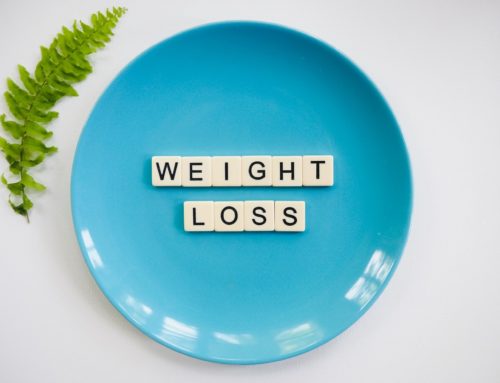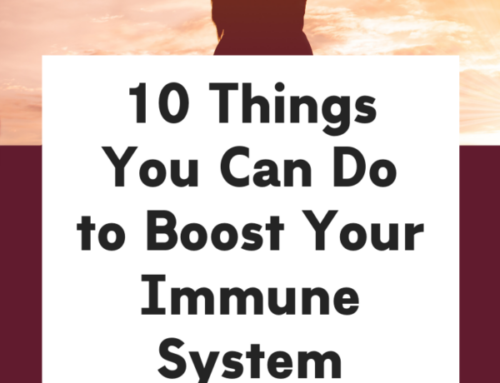The nervous system has two main components: the central nervous system (CNS) and the peripheral nervous system (PNS). The central nervous system consists of the brain and the spinal cord. The peripheral nervous system is what connects the rest of the body to the central nervous system. There are three types of peripheral nerves: autonomic (involuntary nerves), somatic (voluntary nerves), and sensory nerves.
For our purposes here we will focus on the autonomic nervous system (ANS) – sometimes thought of as the “automatic nervous system.” That is because what it controls are for the most part involuntary activities. It will conduct nerve impulses from the central nervous system to cardiac muscle, smooth muscle, and glandular epithelial muscle. To put in plain English – it tells our heart to beat, our digestive system to move food along, the endocrine glands to produce hormones, and for us to breathe.
The autonomic nervous system has two components: the sympathetic nervous system (SNS) and the parasympathetic nervous system (PSNS). During our normal daily affairs we will switch back and forth between the two of them, but it is impossible for them both to be going at the same time.
The sympathetic nervous system serves as the emergency or stress system. Think of the “fight or flight” response. See a tiger, need to run. The parasympathetic nervous system controls our normal, everyday conditions. In an analogy to a car, the sympathetic nervous system is often described as the accelerator, while the parasympathetic system is the brakes. Sometimes after long periods of stress the autonomic nervous system is not performing correctly and we will accelerate when we should brake and brake when we should accelerate.
While our body was designed to handle stress, it was not designed to handle the constant stress that many people experience. Often people do not recognize their own stress level as they erroneously believe they are handling the stress, or it is how they always feel and do not notice a difference. Yet, their body is under constant stress from both conscious and unintended lifestyle and diet choices.
Both our sympathetic and parasympathetic nervous systems require specific nutrients. The accelerator function of the sympathetic nervous system is controlled by Phosphorus. Phosphorus is energizing – like fire. In fact, it burns immediately when exposed to air! Fortunately our Phosphorus is inside our body!
We are bombarded with messages about the importance of calcium for our bones. Well, without phosphorus all the calcium in the world will not do you much good. In fact, it may cause harm if there is too much calcium and not sufficient phosphorus.
Phosphorus is the second key mineral by content in our bones. It supports healthy bone formation, energy production, cell growth and repair (remember blood cells are made in our bones), collagen synthesis (that’s what helps make the bone), cardiovascular function, and nerve and muscle activity. It is a key part of calcium and sugar metabolism.
Food sources of phosphorus include almonds, brewer’s yeast, eggs, fish (halibut, salmon), glandular meats, lean beef, lentils, liver, milk, peanuts, poultry, pumpkin seeds, wheat bran, and yogurt.
What about potassium? Potassium strengthens the parasympathetic nervous system. It acts like a governor and helps calm the nervous system. It is critical for the ongoing health of every cell in our body. That’s a pretty important job! Along with its partner sodium, the two minerals balance the nutrient and waste exchange of each cell. Potassium is involved in nerve and muscle functioning where it again teams with sodium. It also maintains our body’s fluid balance, electrolyte balance, and pH balance.
Foods containing potassium include: almonds, artichokes, avocado, bananas, beet greens, broccoli, Brussel sprouts, kale, lentils, lima beans, oranges, papaya, pinto beans, prunes, raisins, spinach, sunflower seeds, Swiss chard, tomatoes, wheat germ, winter squash, and yams.
Calcium is one of the most talked about minerals and for good reason. It supports strong bone structure, teeth, and muscle tissue, aids in blood clotting function, supports cardiovascular and nerve functions, and helps in normal functioning of many enzymes. Calcium works in conjunction with Phosphorus and Potassium to balance these important systems.
The best sources of calcium are of course from food. It is also a misconception that this has to come from milk. Leafy green vegetables are a great source of calcium. For calcium choose: bone meal, cheese (best are Cheddar, mozzarella, and Swiss), collard greens, flaxseed, liver, milk, molasses, mustard greens, sesame seeds, spinach, turnip greens, wheat germ and yogurt.
For a more complete look at Phosphorus, Potassium, Calcium, and all other minerals please reference my articles Key Minerals for Healthy Bones by clicking here https://brwellness.com/nutrition-news/?p=168 and Know Your Nutrients – A Few More by clicking here https://brwellness.com/nutrition-news/?p=154.
Bernard Rosen, PhD is a Nutrition Consultant and Educator. He works with individuals, groups, and at corporations to create individualized nutrition and wellness programs. His office is in Mequon, WI. To learn more or to schedule an appointment, e-mail at bernie@brwellness.com, call (262) 389-9907 or go to www.brwellness.com.







